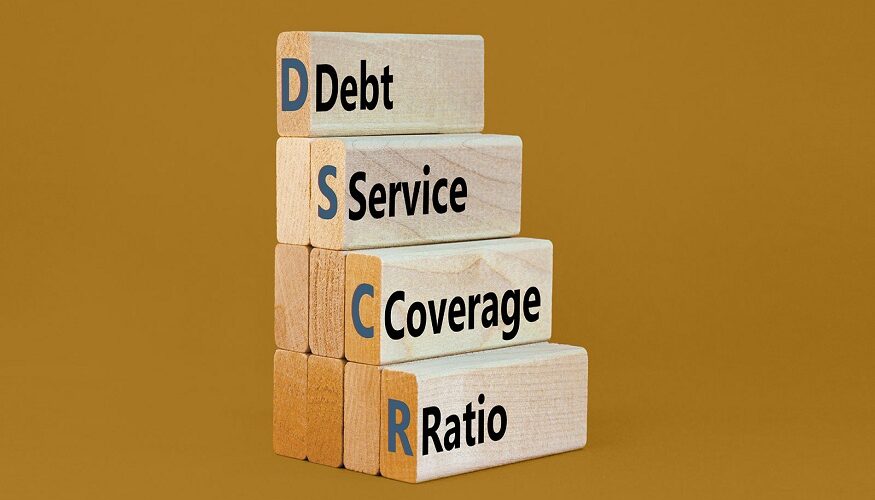For real estate investors, the journey from finding a great deal to actually closing on it can be filled with frustrating roadblocks. The traditional mortgage process, with its mountain of paperwork and painstaking income verification, often feels like a painful obstacle course. But a new financial tool is changing the game: the DSCR loan. By focusing on the property’s potential rather than your personal finances, DSCR loans are streamlining the acquisition process, turning what was once a headache into a clear path to profit.
The Problem with Traditional Lending
Imagine you’re a self-employed investor with several successful businesses and a strong credit history. You’ve found a promising four-plex with a great cap rate and tenants already in place. You confidently approach a conventional bank, ready to get pre-approved. Then comes the request: three years of detailed tax returns, a full breakdown of your business expenses, and a meticulous accounting of your personal debt-to-income (DTI) ratio.
This process is a nightmare for anyone with a non-traditional income stream. The long, drawn-out underwriting and the constant back-and-forth for more documentation can cause you to miss out on a hot deal. It’s a classic case of the system not being built for the modern investor.
The DSCR Solution: A Shift in Focus
A DSCR loans, which stands for Debt Service Coverage Ratio, completely sidesteps this problem. It’s a specialized loan designed for real estate investors, and its core principle is simple: the property’s income potential is what matters most.
The DSCR is a straightforward calculation that determines if a property’s cash flow can comfortably cover its debt.
DSCR=TotalDebtServiceNetOperatingIncome(NOI)
- Net Operating Income (NOI): This is the property’s gross rental income minus all operating expenses, like property taxes, insurance, and maintenance.
- Total Debt Service: This is the monthly mortgage payment.
If a property has a DSCR of 1.25, it means the income it generates is 25% more than what’s needed for the mortgage payment. This is the only number the lender needs to see. They don’t care about your personal income; they care that the asset you’re buying can pay for itself.
How DSCR Loans Streamline the Process
- Reduced Paperwork: Since personal income verification is no longer required, the amount of documentation you need to submit is drastically reduced. This means no more digging for old tax returns, explaining business write-offs, or trying to calculate a complex DTI. This single change can cut weeks off the application process.
- Faster Closings: With less to review, the underwriting process is much quicker. Lenders can evaluate the property’s financials and move toward closing at a rapid pace. In a competitive market where a quick closing can be a major advantage, this speed is invaluable.
- No DTI Limits: Conventional lenders often have strict limits on a borrower’s DTI ratio, which can prevent you from acquiring more properties once you’ve reached a certain number of loans. DSCR loans are not subject to these same limitations, allowing you to scale your portfolio without being penalized for success.
- Ideal for Short-Term Rentals: The DSCR model is perfectly suited for financing short-term rentals, which often don’t have long-term leases. Lenders can use a professional appraisal or market analysis to determine the property’s projected rental income, making these types of investments easily financeable.
- Separate Business and Personal Finances: DSCR loans are often issued in the name of a business entity, such as an LLC. This helps investors keep their business finances separate from their personal ones, providing an extra layer of liability protection.
The Trade-Offs to Consider
While DSCR loans are a powerful tool, it’s important to understand the trade-offs.
- Higher Interest Rates: Because DSCR loans are a non-QM loan and don’t rely on personal income, they generally come with higher interest rates than conventional mortgages.
- Larger Down Payments: Lenders typically require a higher down payment, often 20% to 25% or more, to offset their risk.
- Credit Score Still Matters: Lenders still use your personal credit score as an indicator of financial responsibility. A good score will help you secure better loan terms.
Conclusion: From Pain to Profit
The DSCR loan is more than just a financing option; it’s a strategic solution to the pain points of real estate acquisition. By moving the focus from your personal income to the asset’s cash flow, it removes the bureaucratic hurdles that can slow down or even derail a deal. If you’re a modern investor looking to streamline your process, scale your portfolio, and turn a great find into a profitable asset, it’s time to leverage the power of the DSCR loan.

